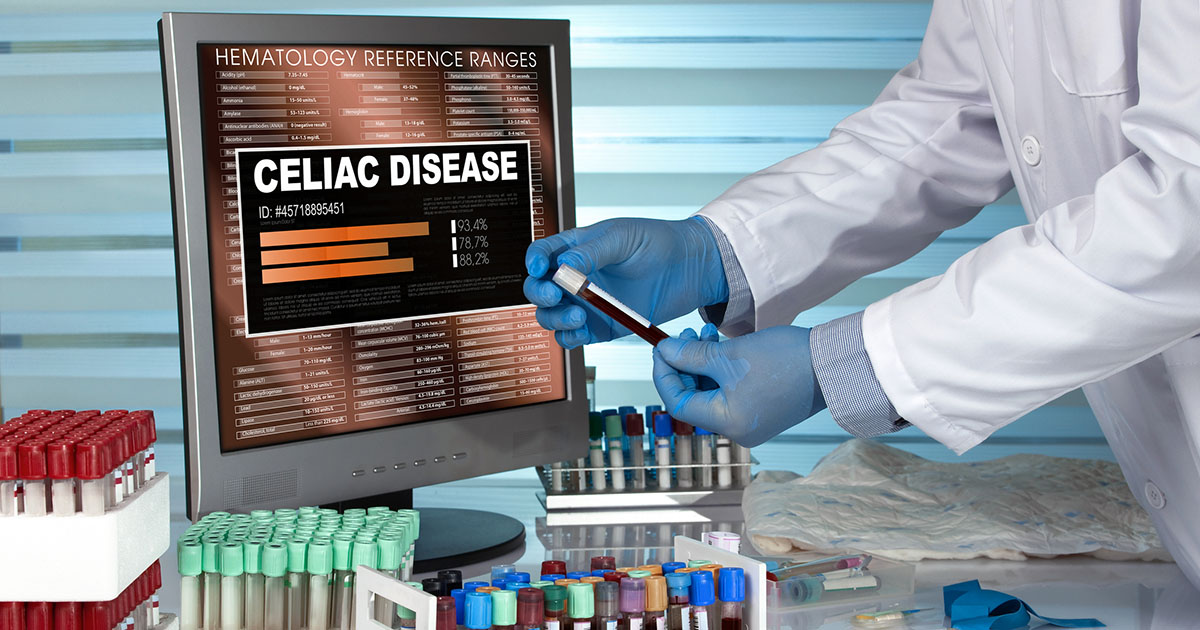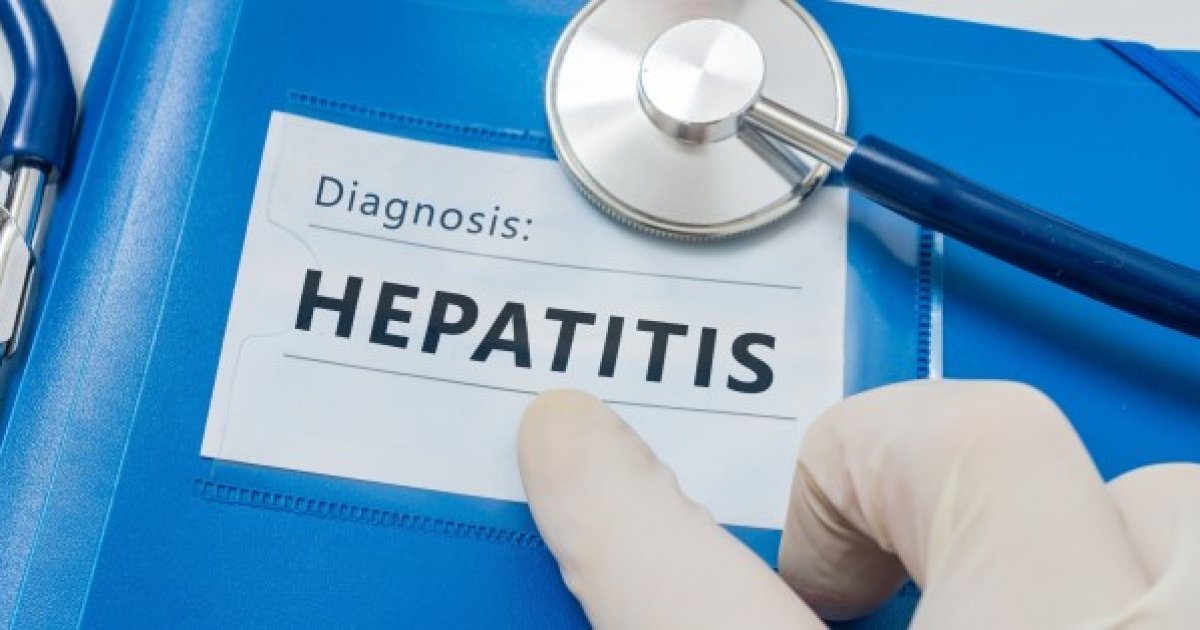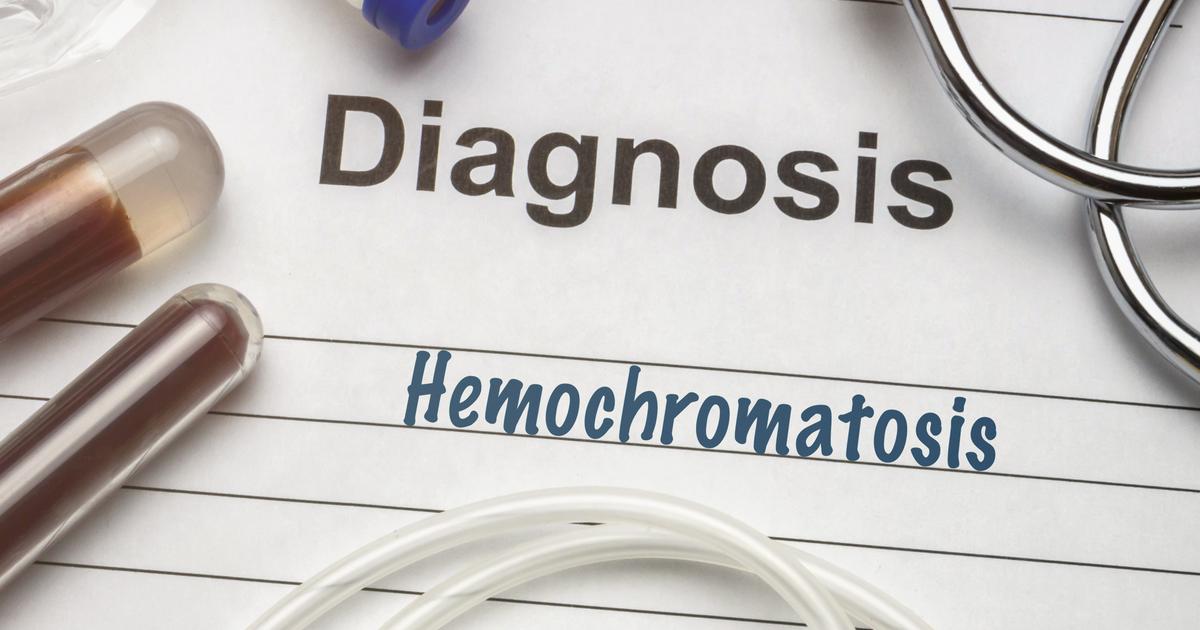Most Difficult Diseases To Diagnose
Everyone worries about their health to some degree. Some start to panic at the first sign of something as simple as the common cold, even if they only sneeze once, whereas others hold out until multiple symptoms, or something prolonged, pops up. The good news is that many symptoms are nothing particularly serious, such as the previously mentioned singular sneeze, sometimes symptoms are not nearly as black and white as patients and doctors alike would prefer. This is why a combination of symptoms, and notes on their duration and severity, are quite helpful. However, quite a few illnesses and diseases are particularly tough to diagnose.
Uncover some of the most difficult to diagnose diseases now.
Celiac Disease

Celiac disease causes individuals to suffer from inflammation within their intestine, due to a hypersensitivity to gluten. This autoimmune disorder can cause damage, resulting in abnormal absorption of nutrients. There's a lot of confusion surrounding this disease, resulting in many individuals remaining undiagnosed. In fact, on average, it takes approximately six to ten years for patients to be accurately diagnosed with celiac disease. If individuals believe they may have celiac disease, they should request a blood test. If they do have this condition, an endoscopy can then be used to determine whether or not damage has occurred.
Read about more difficult to diagnose diseases now.
Lupus

Lupus is a chronic disease, which results when the patient’s immune system begins to attack healthy organs and tissues, including the brain. Since lupus develops slowly, the symptoms come and go. These 'flares' may result in several different symptoms, including headaches, painful breathing, hair loss, swollen joints, and more. Unfortunately, lupus is not yet curable, but it's important to be diagnosed as early as possible. Although symptoms of lupus are often confused with other conditions, it's important for patients to request an antinuclear antibody test if they're concerned. Also, it's worth noting this disease is ten to fifteen times more common in women, and two to three times more common among the Hispanic, Asian, Native American, and African American population.
Keep reading to learn more about diseases that are hard to diagnose now.
Ovarian Cancer

Ovarian cancer is a disease often referred to as a silent killer, due to a lack of concrete symptoms. Although early symptoms, such as pelvic pain, bloating, and difficulty eating generally occur, many women ignore these signs. It's concerning that approximately seventy percent of ovarian cases are discovered during stage III or higher. When experiencing these symptoms initially, many women associate them with menopause, digestion issues, or the aging process. Afte women turn fifty years old, the incidence of ovarian cancer rises, especially for those who have a family history of breast, colon, or ovarian cancer. No woman should wait for tests, because when caught early, ninety percent of ovarian cancer cases are curable.
Uncover more hard to diagnose medical conditions now.
Chronic Hepatitis

In most cases, acute hepatitis is easy to diagnose and may even heal on its own. When it persists for longer than six months, however, it is known as chronic hepatitis, and often does not yield any signs. In many cases, individuals will feel weak and tired, though these symptoms are often dismissed. There's a wide range of causes of chronic hepatitis, with viral hepatitis being the most common. In order to be properly diagnosed, blood tests and liver biopsies may be required. This disease can remain hidden for decades, and as many as seventy percent of those infected are not even aware they have this condition.
Get more details on difficult to diagnose diseases now.
Chlamydia

Being one of the most common infectious diseases across the United States, chlamydia is one of the most dangerous sexually transmitted infections among the female population. In most cases (approximately two-thirds), women will not have any symptoms of chlamydia at all. It's critical for at-risk individuals to regularly get tested, especially when sexually active. Annual screenings are highly recommended, as this can help detect potential cases early.
If left undiagnosed, chlamydia may develop into pelvic inflammatory disease, which can result in a wide range of future complications, especially in terms of pregnancy. It's said that approximately seventy-five percent of cases occur in individuals younger than twenty-five years old. If individuals are experiencing any abnormal discharge, bleeding, itching, cloudy urine, or lower abdominal pain, it's critical for them to provide a urine sample.
Keep reading to uncover more difficult to diagnose medical conditions now.
Multiple Sclerosis

Multiple sclerosis (MS) is an autoimmune disease that affects the central nervous system. Although this disease is highly damaging, no single test can detect its development. In many instances, multiple sclerosis becomes a diagnosis based on the elimination of many other conditions first. Early symptoms do surface, however, they often mimic several other conditions, and they often change over time.
If individuals experience blurry vision, weakness, unexplained tingling, muscle spasms, or any other abnormal impairment, they should seek medical attention immediately. Several tests may be administered after a physical examination, including an MRI. If a diagnosis is still not clear, a cerebrospinal fluid collection may be necessary.
Uncover the next hard to diagnose disease now.
Hemochromatosis

Hemochromatosis, a hereditary disease, results in the patient’s body absorbing too much iron. Until recently, many physicians were taught this condition was extremely rare, resulting in many misdiagnoses. To make matters worse, early symptoms of hemochromatosis are generally undiagnosed until significant damage becomes apparent. Not every hemochromatosis patient will display all possible symptoms and symptoms may develop in a random order. Symptoms seen in this condition include fatigue and weakness, joint pain, abdominal pain, heart failure, liver failure, diabetes, as well as a loss of sex drive. Two key tests used to diagnose hemochromatosis include serum ferritin and serum transferrin saturation. Doctors may also use MRIs, liver function tests, liver biopsy, and mutation tests.
Read about the next disease that is quite hard to diagnose now.
Osteoporosis

Patients who suffer from osteoporosis often experience low bone mass and deteriorating bone tissue. Often known as the silent thief, this condition generally occurs without symptoms. Although bone loss may be occurring, a diagnosis isn't often made until a fracture occurs.
Unlike other conditions, individuals cannot physically feel their bones becoming thinner and more fragile. Once a break or fracture occurs, measuring bone density will help determine whether or not someone is at risk of developing osteoporosis (or already has it). As women reach menopause and changes occur in terms of estrogen levels, osteoporosis becomes more common.
Get the details on another hard to diagnose medical condition now.
Chronic Kidney Disease

Over time, chronic kidney disease gets worse. Unfortunately, many affected individuals do not notice any symptoms. In fact, the loss of kidney function may occur so slowly that they do not realize something is wrong until their kidneys stop working. Within the final stage, dialysis or a transplant will be required.
Since diabetes and hypertension are the most common causes of chronic kidney disease, it's critical for patients to pay attention to their kidney health when affected by either of these conditions. Early on, individuals may experience headaches, nausea, weight loss, or fatigue. If individuals do not feel right and believe their kidney health is at risk, they should request a test to check their creatinine levels.